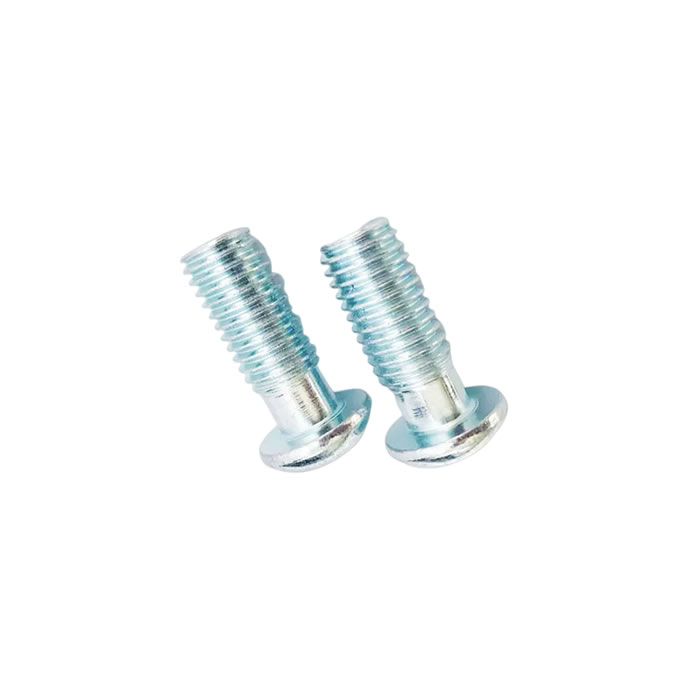What are the classifications of aluminum substrates
Single-sided aluminum substrate
Aluminum substrate is the most common type,
which is easy to manufacture and has a wide range of applications.
Hybrid aluminum substrate
Another type of substrate is a mixed aluminum substrate.
It consists of a sub component made of traditional FR-4 material and an aluminum substrate.
Bonding this layer to an aluminum substrate with a thermoelectric medium can help dissipate heat,
improve rigidity, and serve as a shield.
Through-hole aluminum substrate
For the most complex structure, through-hole aluminum substrates are used.
A layer of aluminum forms a "core" of a multi-layer thermal structure.
Before lamination, aluminum is pre-Plated and filled with dielectric.
The completed component has electroplated through holes passing
through the gaps in the aluminum to maintain electrical insulation.
Multi layer aluminum substrate
In high-performance power supply applications, a multilayer aluminum substrate is preferred.
It's made of multilayer thermal conductive dielectrics
and has one or more layers of circuits embedded in the dielectric.
Flexible aluminum substrate
The newest development for aluminum substrates is the flexible aluminum substrate.
These materials can provide excellent electrical insulation, flexibility, and thermal conductivity.
When applied to flexible aluminum materials, products can be formed into various shapes and angles,
eliminating expensive fixing devices, cables, and connectors.










